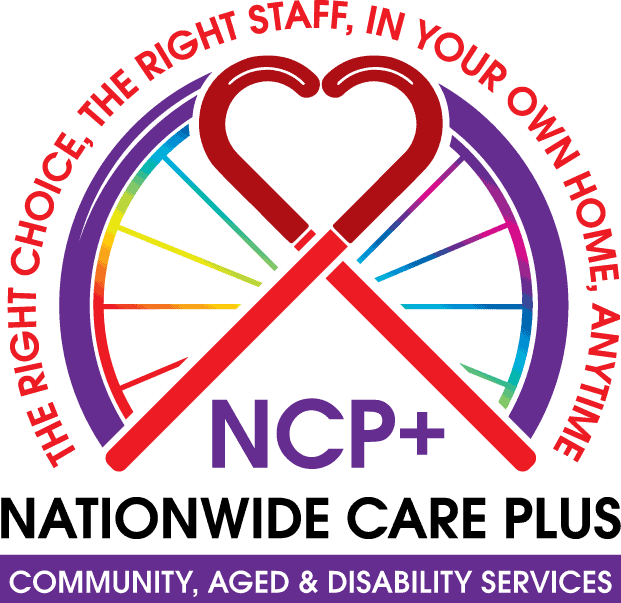Specialist Disability Accommodation (SDA)
We are a registered Specialist Disability Accommodation (SDA) provider
What is SDA?
One of the supports that may be funded for participants within the NDIS scheme is Specialist Disability Accommodation (SDA).
SDA refers to accommodation for people who require specialist housing solutions, including to assist with the delivery of supports that cater for their extreme functional impairment or very high support needs.
SDA does not refer to the support services, but the homes in which these are delivered. SDA may include specialist designs for people with very high needs or may have a location or features that make it feasible to provide complex or costly supports for independent living.
More information on the SDA model is available on the NDIS website www.ndis.gov.au
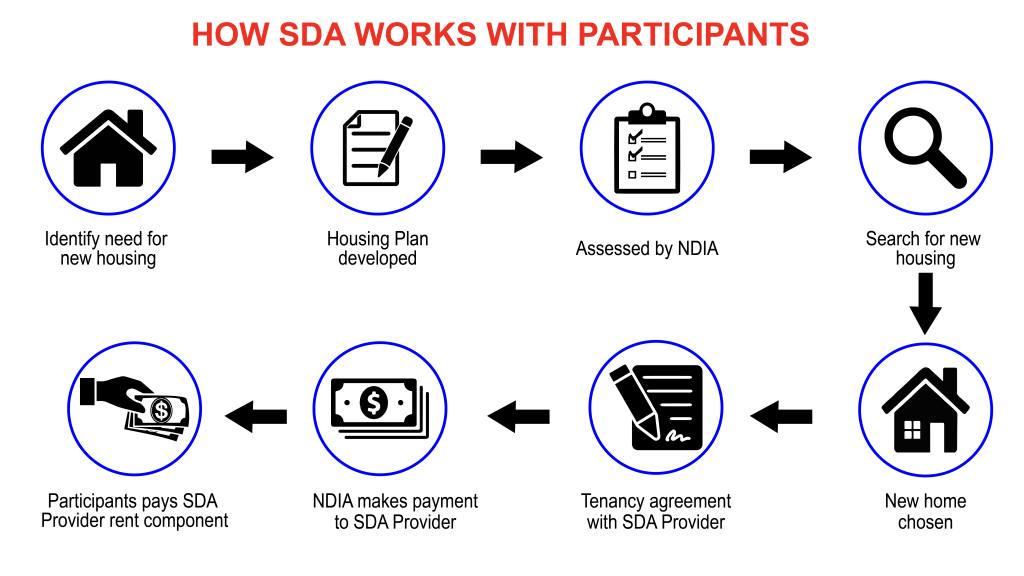
Property types eligible for SDA Funding
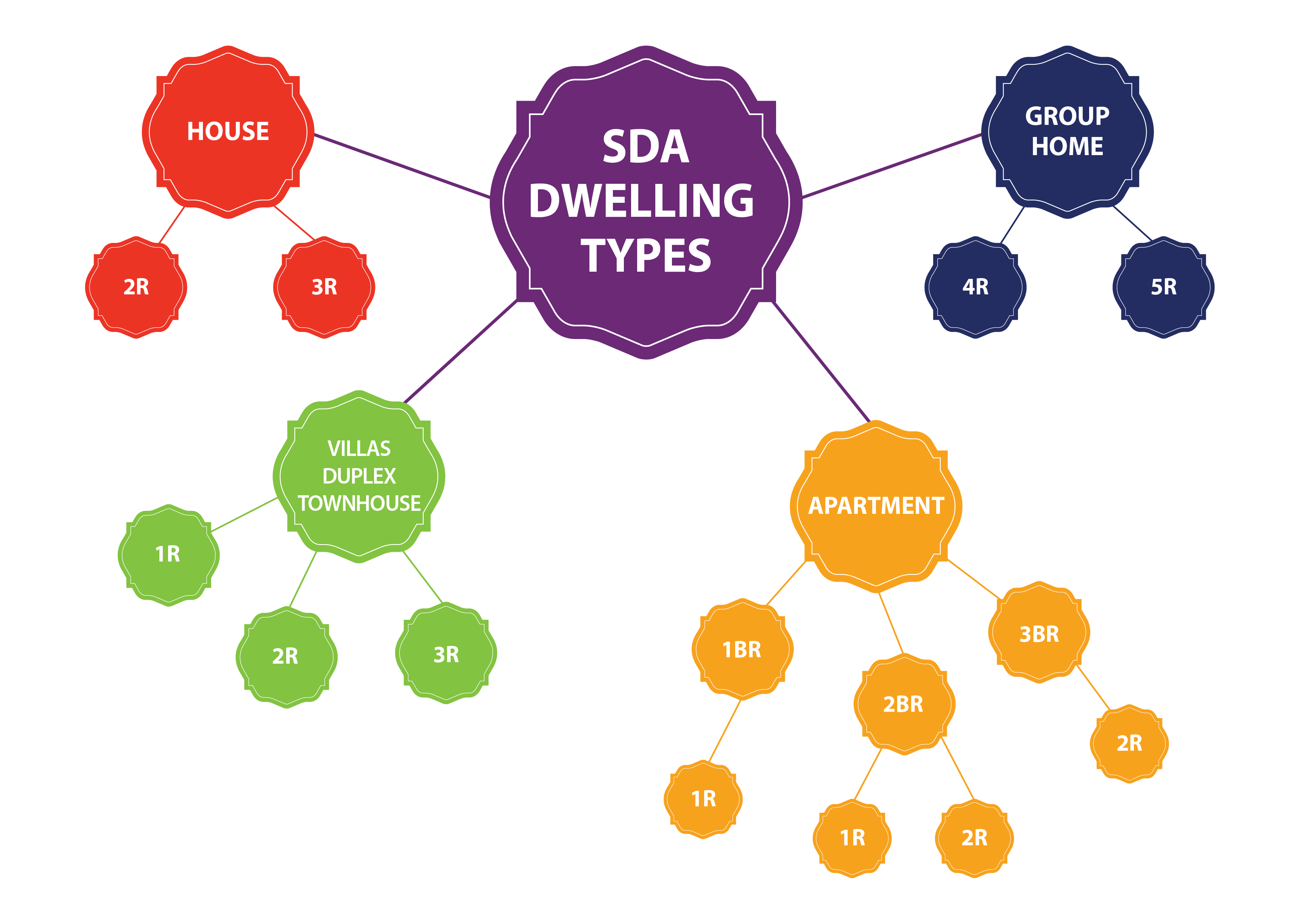
Property types that can be NDIS funded for SDA
- Houses for up to 3 residents
- Group homes for 4 or 5 residents
- Apartments for up to 2 residents
- Other property types such as villas, duplexes and townhouses which can be funded for up to 3 residents.
Funding is based on the number of residents and the number of bedrooms in the property (in addition to the building design category such as High Physical Support, Fully Accessible, Improved Livability and Robust)
SDA Homes
Whether we work with new homes, villas, townhouses or apartments, they are usually designed to allow easy access and mobility once inside whilst incorporating specific support needs.
All dwellings are built in accordance with the Specialist Disability Accommodation (SDA) guidelines and meet the Livable Housing Australia (LHA) Platinum, Gold or Silver Standard as a minimum.
Each dwelling is tailored to meet required levels of accessibility and support across the spectrum of High Physical Support, Fully Accessible, Improved Livability and Robust.
Our paramount focus is to match Participants with accommodation that best supports their lifestyles.
SDA Accommodation Design Categories
Specialist Disability Accommodation has been broken up into 5 separate design categories. Funding for Basic SDA is available on existing stock only and not for new builds. Accommodation that falls under the Basic SDA design category does not include specialized design features inside the home. It does however incorporate other important SDA characteristics within the accommodation which makes it suitable for people with additional needs.
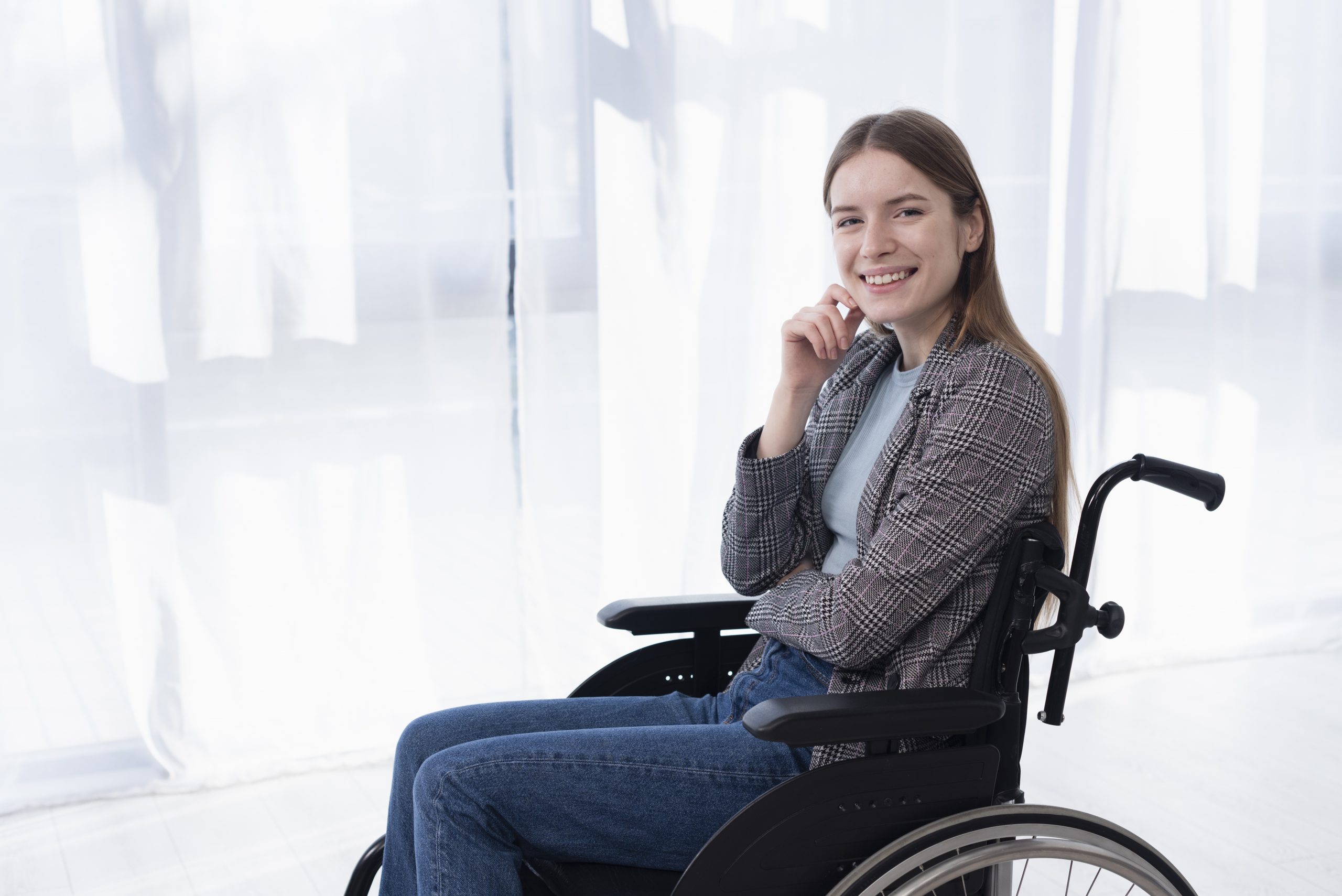
BASIC
Funding for Basic SDA is available on existing stock only and not for new builds.
Accommodation that falls under the Basic SDA design category does not include specialized design features inside the home. It does however incorporate other important SDA characteristics within the accommodation which makes it suitable for people with additional needs.
Basic SDA housing pays attention to features like privacy, location and shared supports to cater for the people with a disability and assisting the delivery of support services.
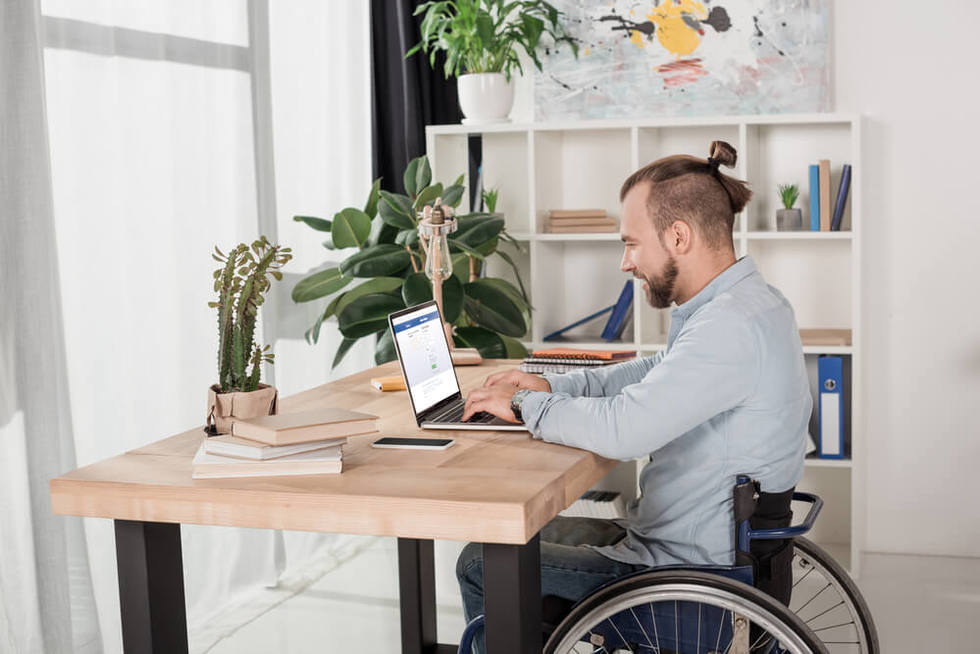
IMPROVED LIVABILITY
Dwellings under the SDA design category ‘Improved Livability’ have been built or updated to incorporate a reasonable level of physical access and enhanced provision for people with sensory, intellectual or cognitive impairment.
The design must meet the minimum requirements of ‘Livable Housing Australia’ – Silver Level. Improved Livability SDA dwellings must also include one or more improved livability design features suitable for the residents needs which may include elements such as luminous contrast, improved wayfinding or lines of sight.
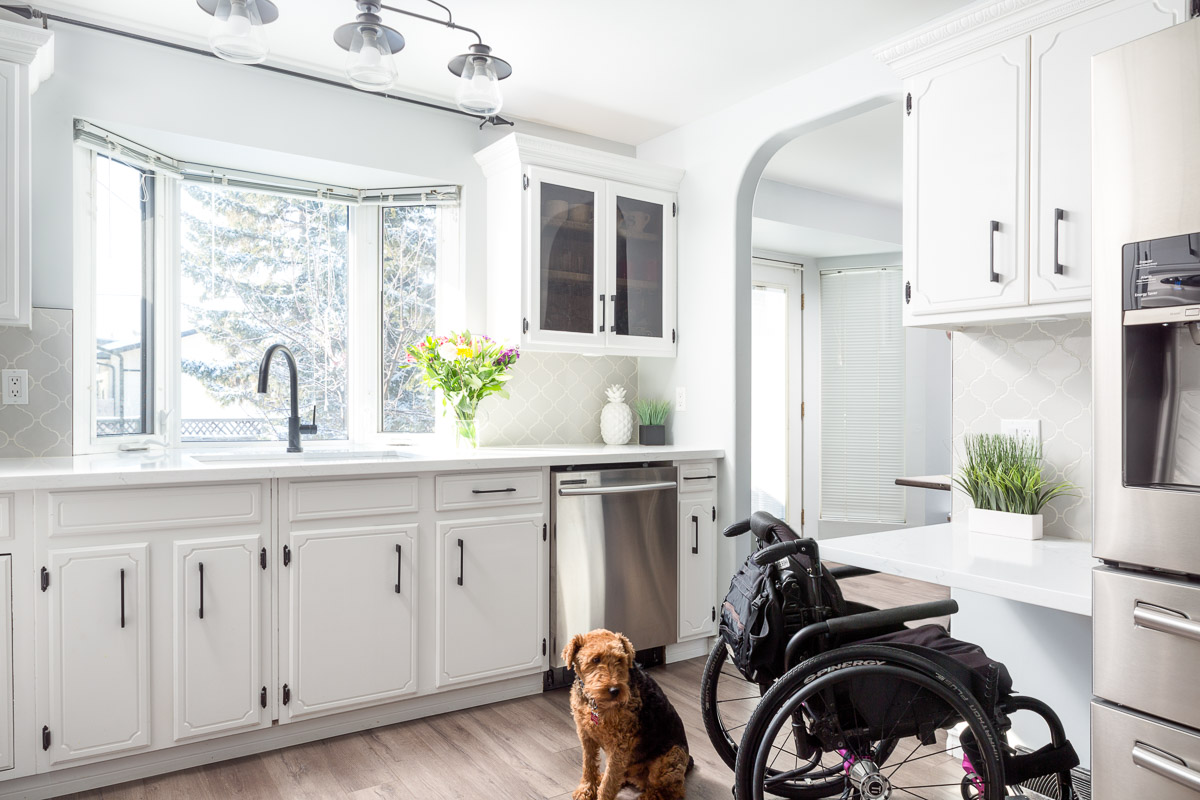
FULLY ACCESSIBLE
Under the SDA design categories ‘Fully Accessible’, housing must incorporate a high level of physical access provisions for people with significant functional impairment.
They must meet a minimum standard of ‘Livable Housing Australia’ – Platinum Level, and include features for improved accessibility both inside and out.
The external doors and outdoor private areas must be accessible by wheelchair and the bathroom vanity and handbasin should either be accessible in either a seated or standing position.
There should be power supplies to doors and windows including blinds for the retrofit of automation, as necessary. Plus you must also consider if the kitchen sink, bench, cooktop and key appliances such as oven, microwave, dishwasher, washing machine and dryer should be accessible from a seated or standing position in order to meet the residents needs.
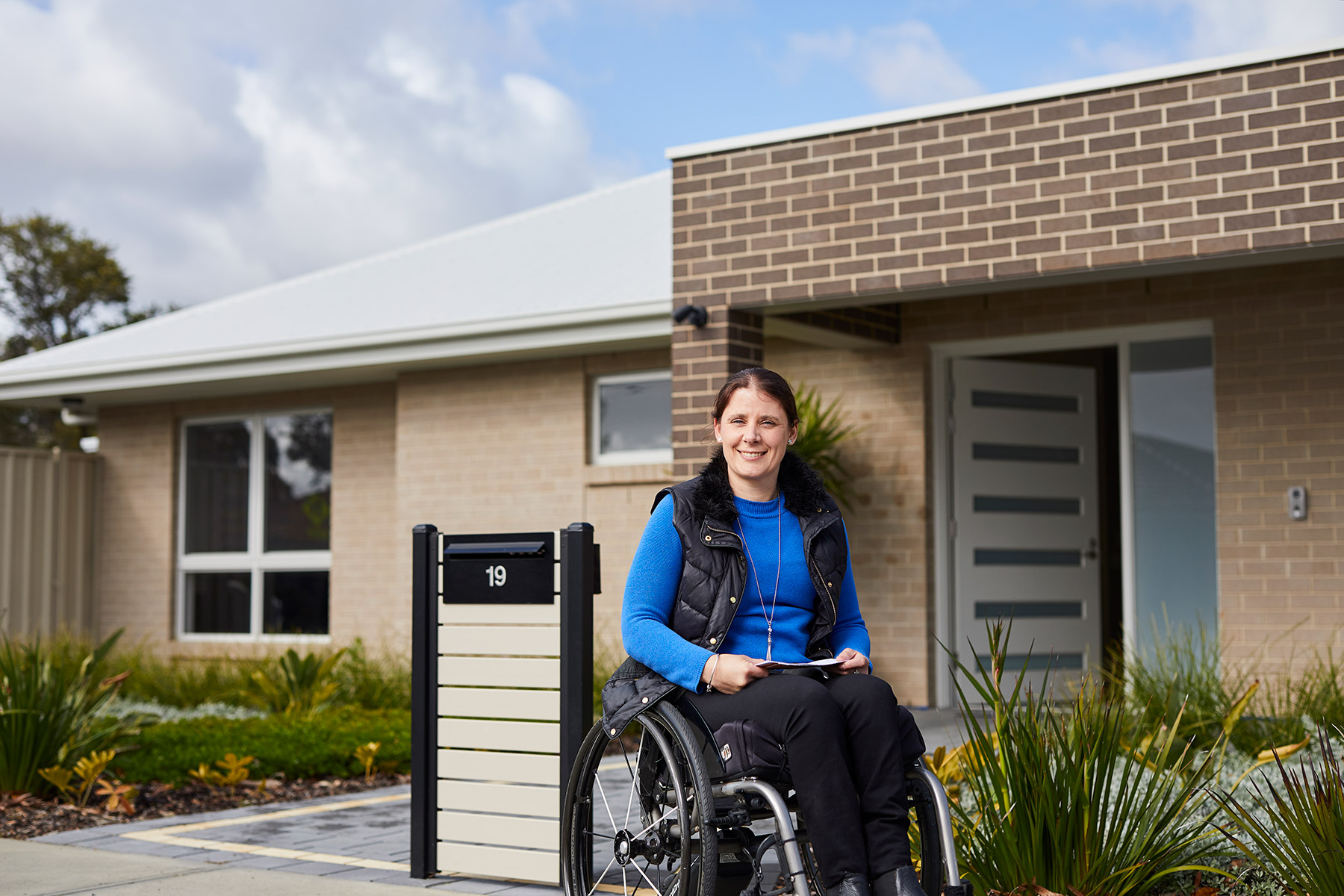
ROBUST
Under the SDA design category requirements ‘Robust’ housing must incorporate a high level of physical access provisions and be built to ‘Livable Housing Australia’ – Silver Level.
It must also be resilient to minimize risk to the participant and the community and to reduce the likelihood of reactive maintenance. To achieve this, ‘Robust’ dwellings must make use of resilient but inconspicuous materials that can reduce the risk of injury and disturbances and cope with very heavy use. These include secure windows, doors and external areas, high impact wall linings, fittings and fixtures such as blinds and door handles, soundproofing and laminated glass.
The design should also include adequate space and safeguards to support the needs of residents with complex behaviours and provide areas of retreat for other residents and staff to avoid harm.
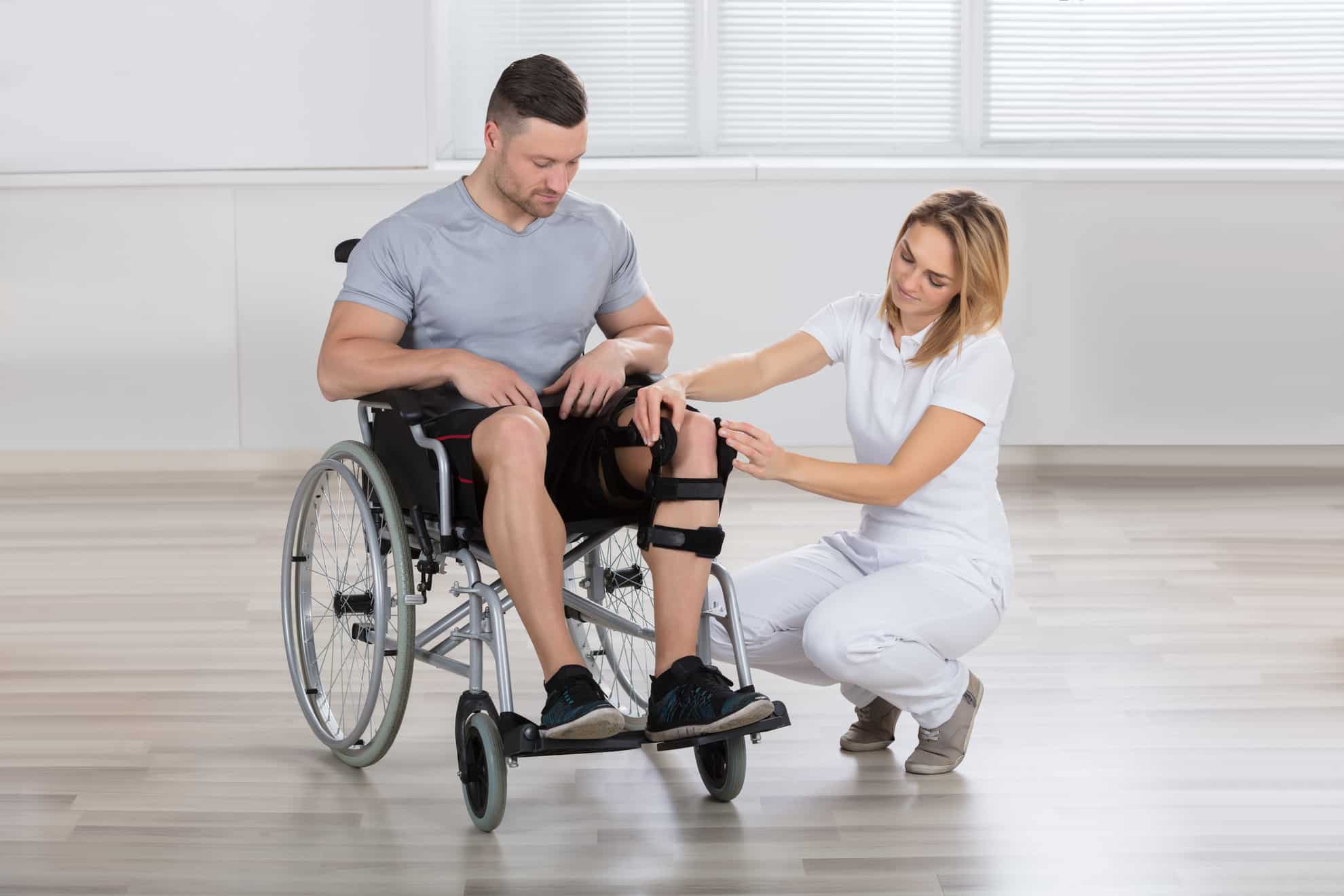
HIGH PHYSICAL SUPPORT
If you use an electric wheelchair to get around, or a hoise to get in and out of bed, or you need many hours of support every day, then High Physical Support SDA might suit you.
Dwellings in the ‘High Physical Support’ SDA design category feature a high level of physical access provisions for people with a significant functional impairment who require very high levels of support.
High Physical Support housing includes all of the requirements listed in the ‘Fully Accessible’ design category plus structural provisions for ceiling hoists and 950mm clear opening width doors to all habitable rooms.
Homes registered under High Physical Support are also assisted technology ready with heating and cooling and household communications and technology and include emergency power solutions to cater for a minimum 2 hour power outage if the welfare of residents is at risk.
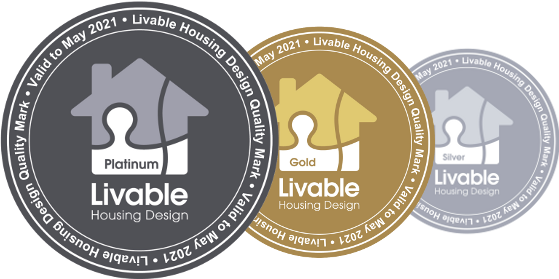
LIVABLE HOUSING PERFORMANCE LEVELS
The levels of performance range from basic requirements through to best practice in livable home design. The levels are as follows:
Silver Level
Seven core livable housing design elements
Focuses on the key structural and spatial elements that are critical to ensure future flexibility and adaptability of the home. Incorporating these features will avoid more costly home modification if required at a later date.
Gold Level
Enhanced requirements for most of the core livable housing design elements plus additional elements.
The gold level provides for more generous dimensions for most of the core livable housing design elements and introduces additional elements in areas such as the kitchen and bedroom.
Platinum Level
Some further enhanced requirements for the core livable housing design elements plus all remaining elements.
All 16 elements are featured in the platinum level. This level describes design elements that would better accommodate ageing in place and people with higher mobility needs. This level requires more generous dimensions for most of the core livable design elements and introduces additional elements for features such as the living room and flooring.

SMART TECHNOLOGY
People living with disabilities face unique challenges and one of the ways they are being met is through home automation or smart home technology. The objective of smart technology for disabled people is to cater to their needs and lifestyles, supporting independence, quality of life and improving the way they live in their home environment.
Every person living with a disability has different needs. Smart Technology may be included in a participant’s plan if it is identified as a reasonable and necessary support that meets their needs and supports them to achieve better outcomes in life.
Smart Technology helps to make the lives of people with disabilities and those who care for them easier and more autonomous, maximising independence and privacy. It makes connecting with others simpler and completing everyday tasks easier. It is technology that is button or voice-operated via an individual’s smartphone, tablet or computer and can be thoroughly tailored to suit individual requirements, as each person’s requirements are unique.
Some examples of Smart Technology that can be installed in a SDA home are:
- Blinds/Curtains
- Doors
- Emergency Calling
- Heating/Cooling
- Intercom
- Lighting
Gallery
Click Here
Previous
Next
More information about Specialist Disability Accommodation (SDA)
Get in touch with us today! Call us with the information below or fill out the form and we’ll get in touch to you as soon as possible.
-
1300 81 81 56
-
info@nationwidecareplus.com.au
- 8 Nelson Street, Fairfield, NSW, 2165
